In Photos: Ancient Cemetery Near Nile River Unearthed
A surprising find
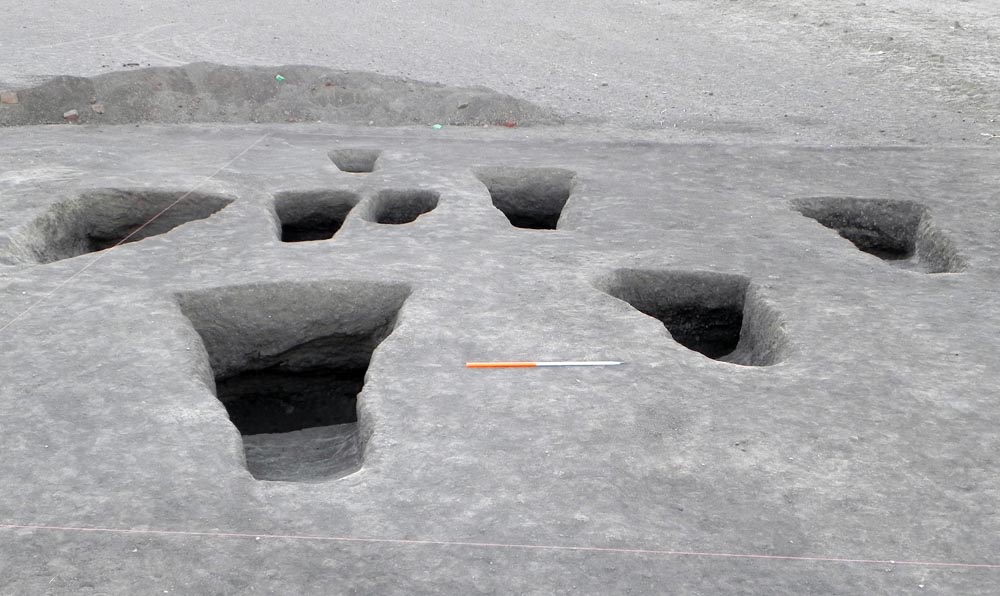
Archaeologists at the site of Dangeil, in Sudan, are excavating a cemetery that dates back around 2,000 years. The tombs are underground, with no structures on the surface. They were first discovered in 2002 when villagers were digging a ditch and excavations have been ongoing since then. The artifacts that archaeologists have unearthed in the cemetery date to a time when a kingdom called Kush flourished on the shores of the Nile River in Sudan. This image shows some of the excavated tombs. [Read full story]
Protection against evil
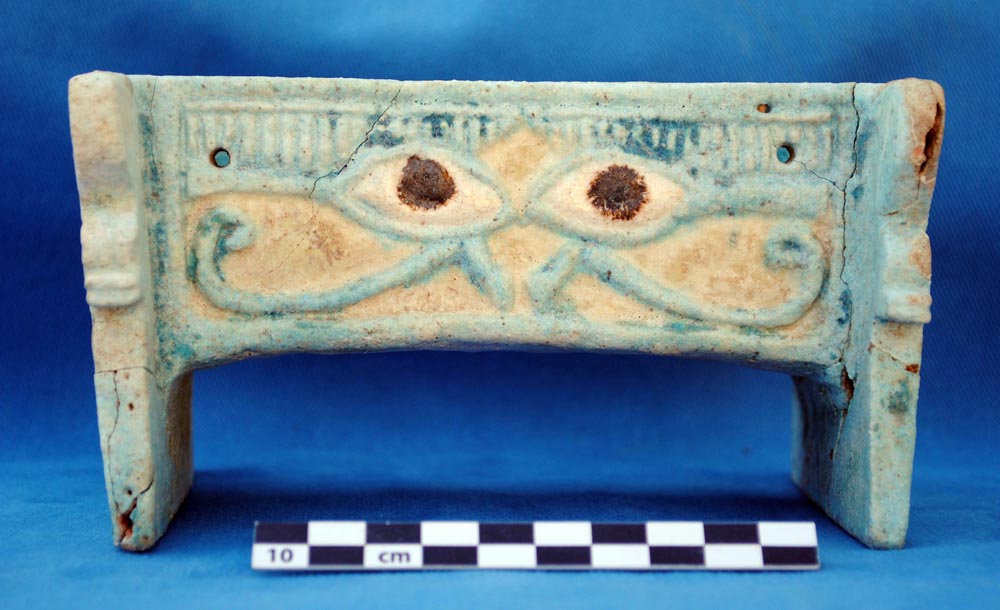
This faience box is decorated with udjat eyes. A type of decoration which was popular in both ancient Egypt and Kush and was designed to protect against the evil eye.[Read full story]
An ancient adornment
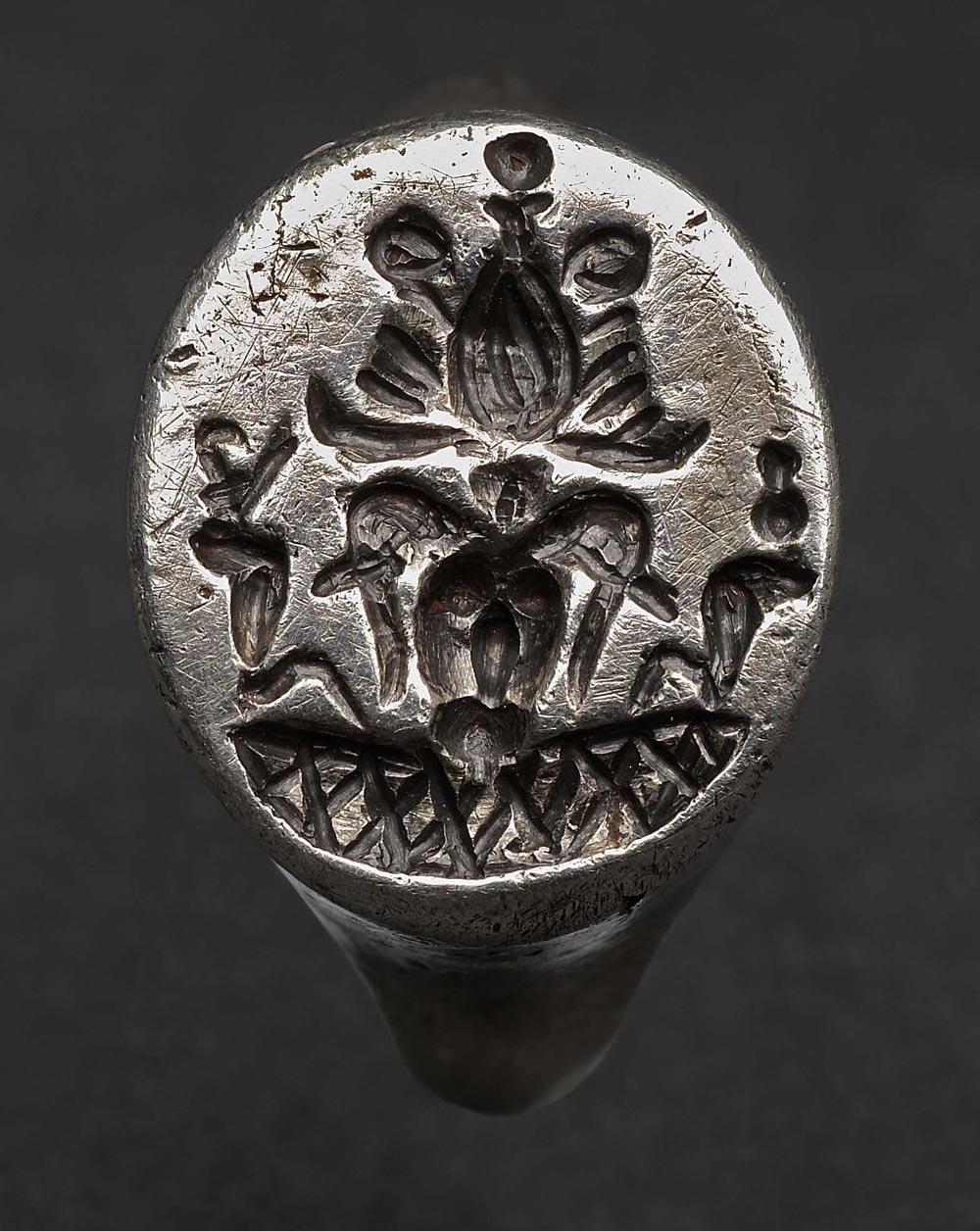
This silver ring underwent cleaning and conservation work at the British Museum. It depicts a horned deity who appears to be wearing a crown. Researchers at the museum believe that it is a depiction of the god Amun who in Kush was shown with a ram’s head. This ring could have been used to stamp a seal onto wet clay. [Read full story]
An unprecedented find
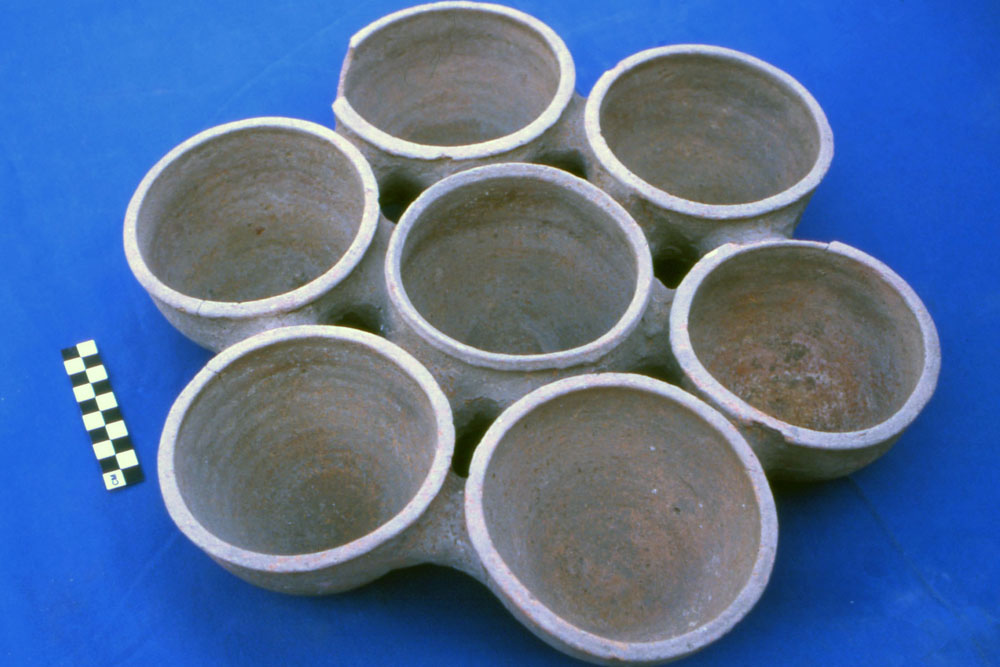
Archaeologists refer to this artifact as the “party tray.” It consists of seven bowls attached together, six of the bowls surrounding one in the middle. It could have been used to hold different types of food. Archaeologists say that this is a unique discovery, with no other examples having been found anywhere else. [Read full story]
Drink up
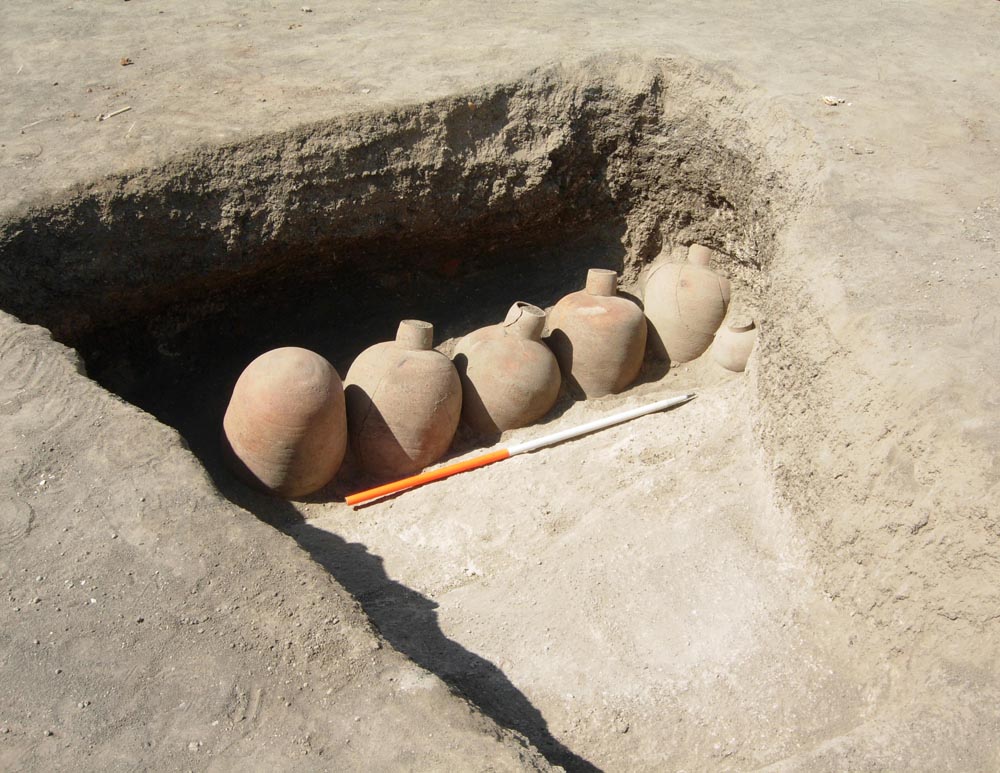
Large pottery beers jars, like these, are commonly found in this cemetery. They are often found in a row of between three and six jars. Originally they were filled with beer made of sorghum.[Read full story]
The archer
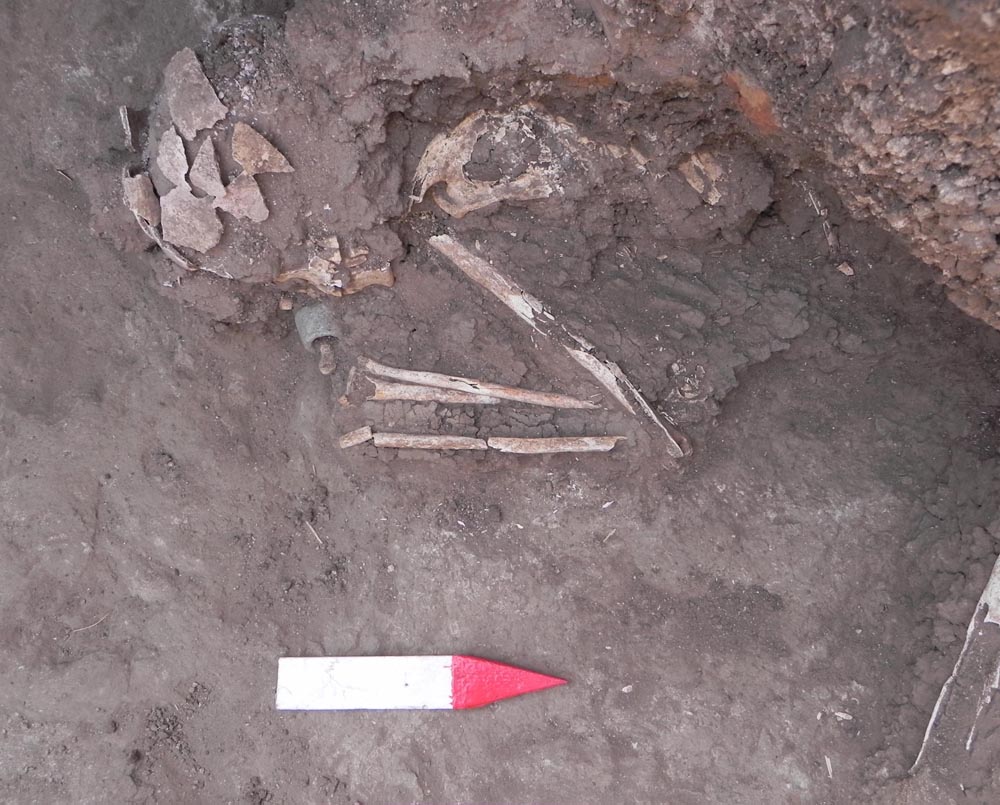
A particularly interesting burial is of this man who was found wearing a stone ring on his thumb. The ring would have been used to help draw back a bowstring. His tomb also contains arrowheads and he is believed to have been an archer. This image shows the burial, the ring is on a thumb near his skull. The archaeologists used an arrow to indicate north. [Read full story]
An archer's tool
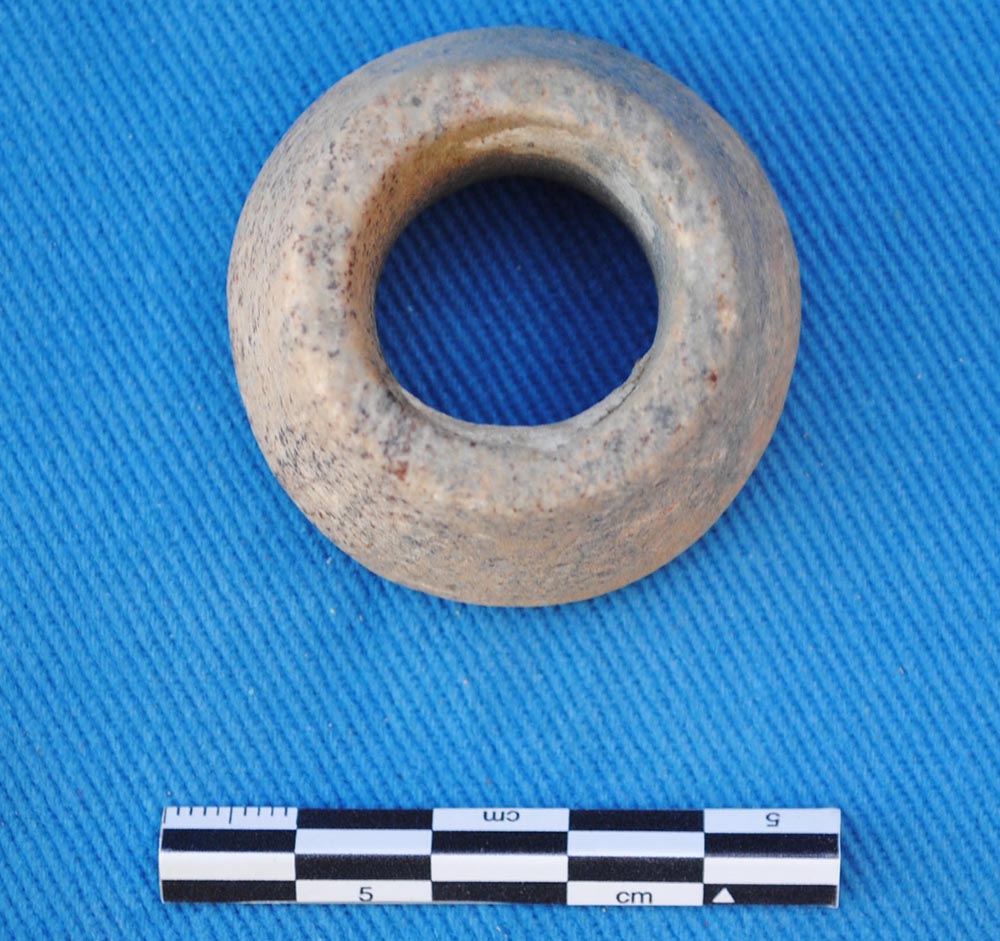
A close-up view of the stone ring found on the man’s thumb. Archers were highly regarded in Kush, the Kushite war god Apedemak was depicted as an archer and the kingdom’s archers were well known for their accuracy. [Read full story]
Sign up for the Live Science daily newsletter now
Get the world’s most fascinating discoveries delivered straight to your inbox.

Owen Jarus is a regular contributor to Live Science who writes about archaeology and humans' past. He has also written for The Independent (UK), The Canadian Press (CP) and The Associated Press (AP), among others. Owen has a bachelor of arts degree from the University of Toronto and a journalism degree from Ryerson University.









